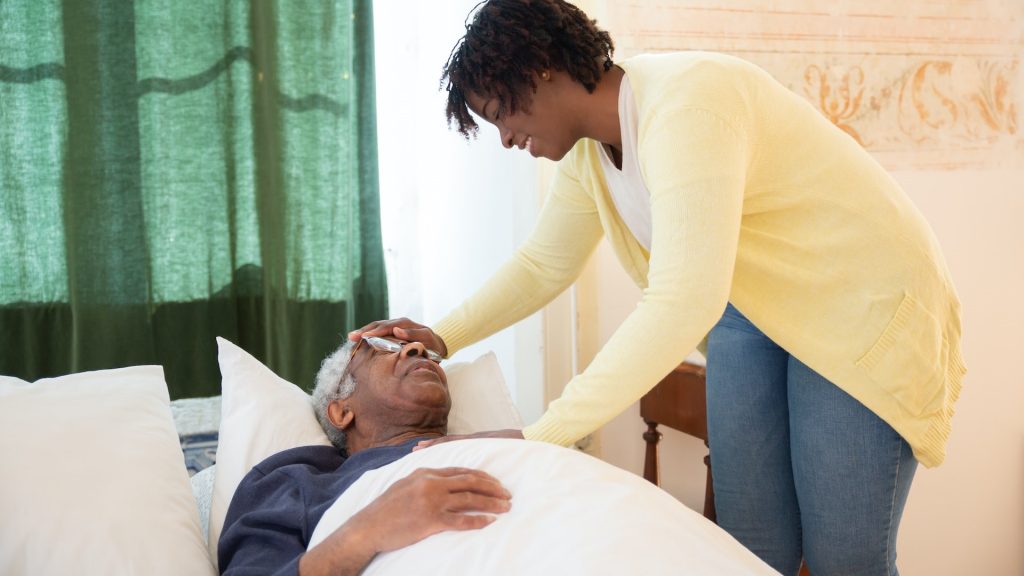FREE Shipping on Orders over $89 with Account – Create One Today!
- (844)-859-9400
- Get Help

Diaper rash is a common skin problem for those wearing adult protective undergarments. It can be extremely uncomfortable, as anyone experiencing incontinence will know. But there are ways to prevent and treat it so that the discomfort can be managed more easily.
Exploring the different aspects of diaper rash will help you develop an action plan to prevent it from happening again. Learn more about triggers, warning signs, and treatment methods – along with other strategies to help keep your skin healthy and free from irritation while wearing protective underwear.
Whether you’re just beginning or already experiencing symptoms of diaper rash, understanding what it is and how you can prevent or treat, it will help you manage your condition more effectively.
Diaper rash is a skin condition common in babies and toddlers due to moisture and bacteria trapped on the skin. However, anyone can experience diaper rash at any age. Most notably, adults wearing protective briefs, pads, or other incontinence aids may also develop it. Less mobile patients are particularly susceptible.
Diaper rash may also be caused by an allergic reaction to an underwear’s material, poor genital hygiene, chronic chafing, or allergic reaction to lubricants and hygiene wipes.
Understanding what causes a diaper rash to form will help you to prevent it in the future. Here are some of the most common causes:
Other less common causes of diaper rash may be bacterial infections and flare-ups of skin conditions, such as psoriasis and eczema. Paying attention to any changes in skin appearance or texture is essential.
The symptoms of diaper rash may vary and depend on severity. It appears mainly on the groin, buttocks, thighs, and hips.
Minor to mild symptoms:
Moderate symptoms:
Severe symptoms:
Mild symptoms may worsen if not treated immediately. If you experience the symptoms listed, begin treatment ASAP.
Diaper rashes can cause pain and discomfort in the affected area. Following the tips below can help soothe the itchiness, reduce inflammation, and promote healing.
In most cases, the best way to prevent a diaper rash is by frequently changing your pads or protective underwear. You can practice many other ways to help prevent diaper rash. Here are some tips:
A diaper rash can be uncomfortable and painful, so acting quickly is essential. You can always keep your skin in good condition with the tips above. Plus, you’re already prepared and know what to do once you see signs of diaper rashes.

Edited for content by ADAM PAGE.
